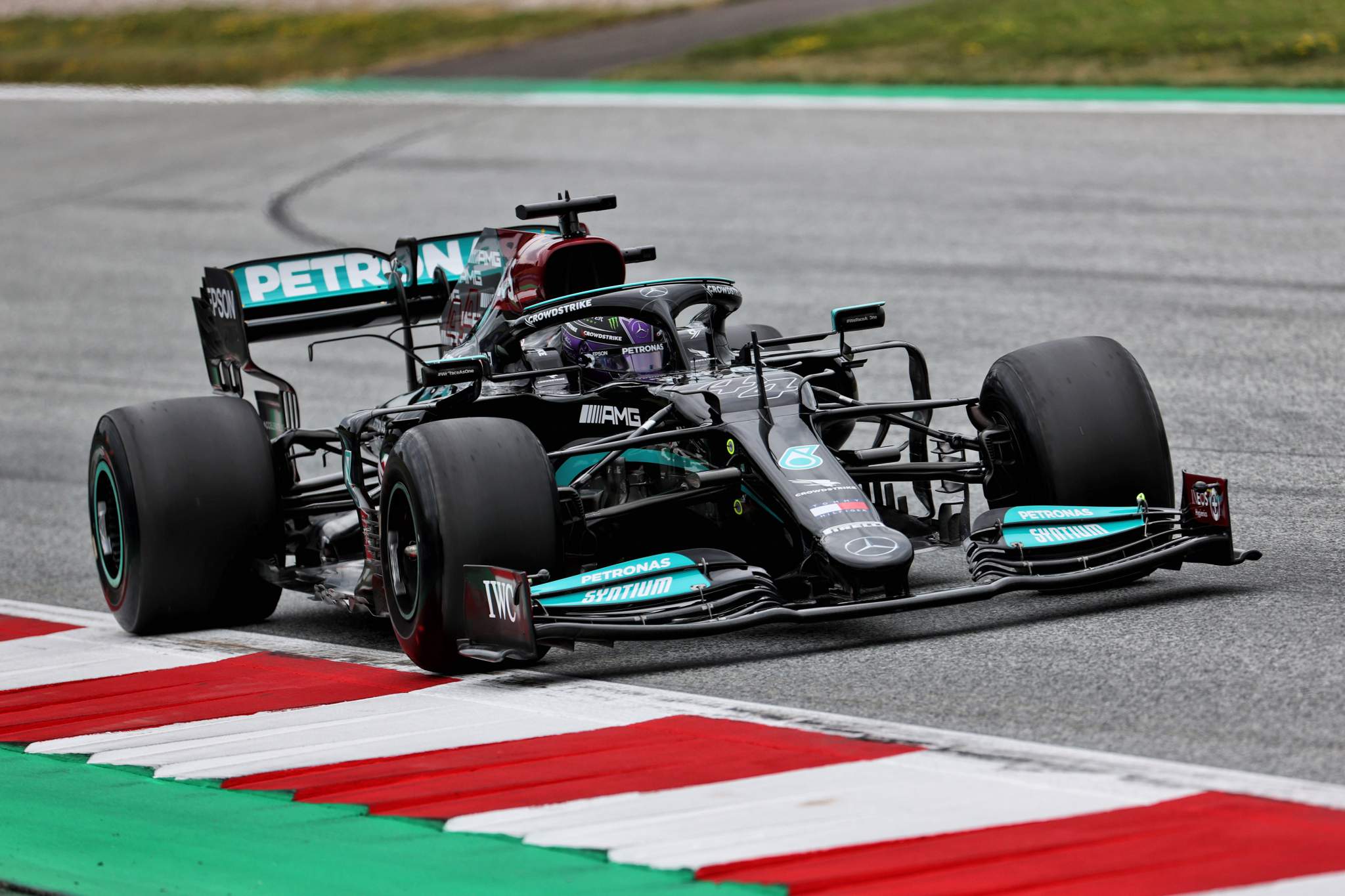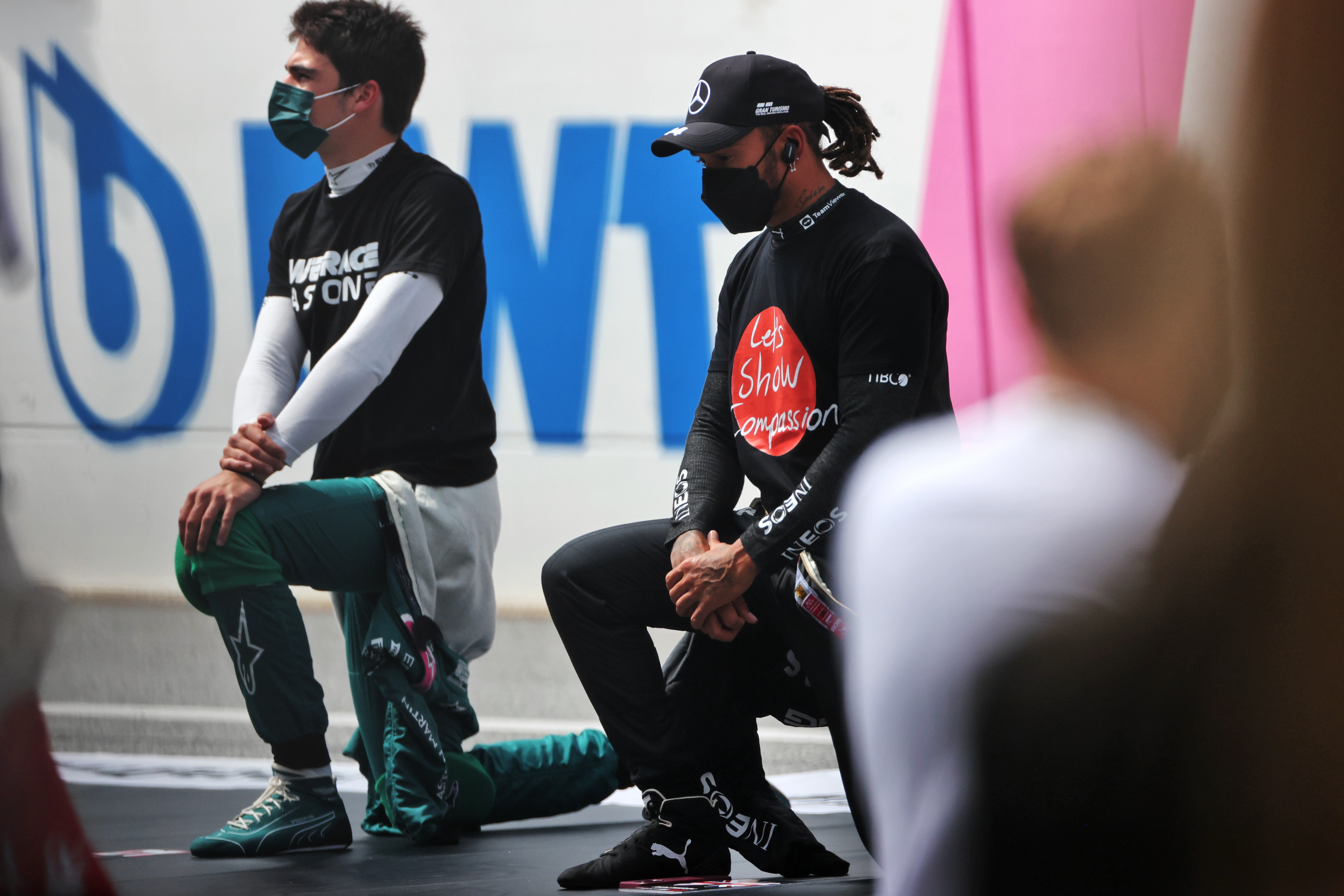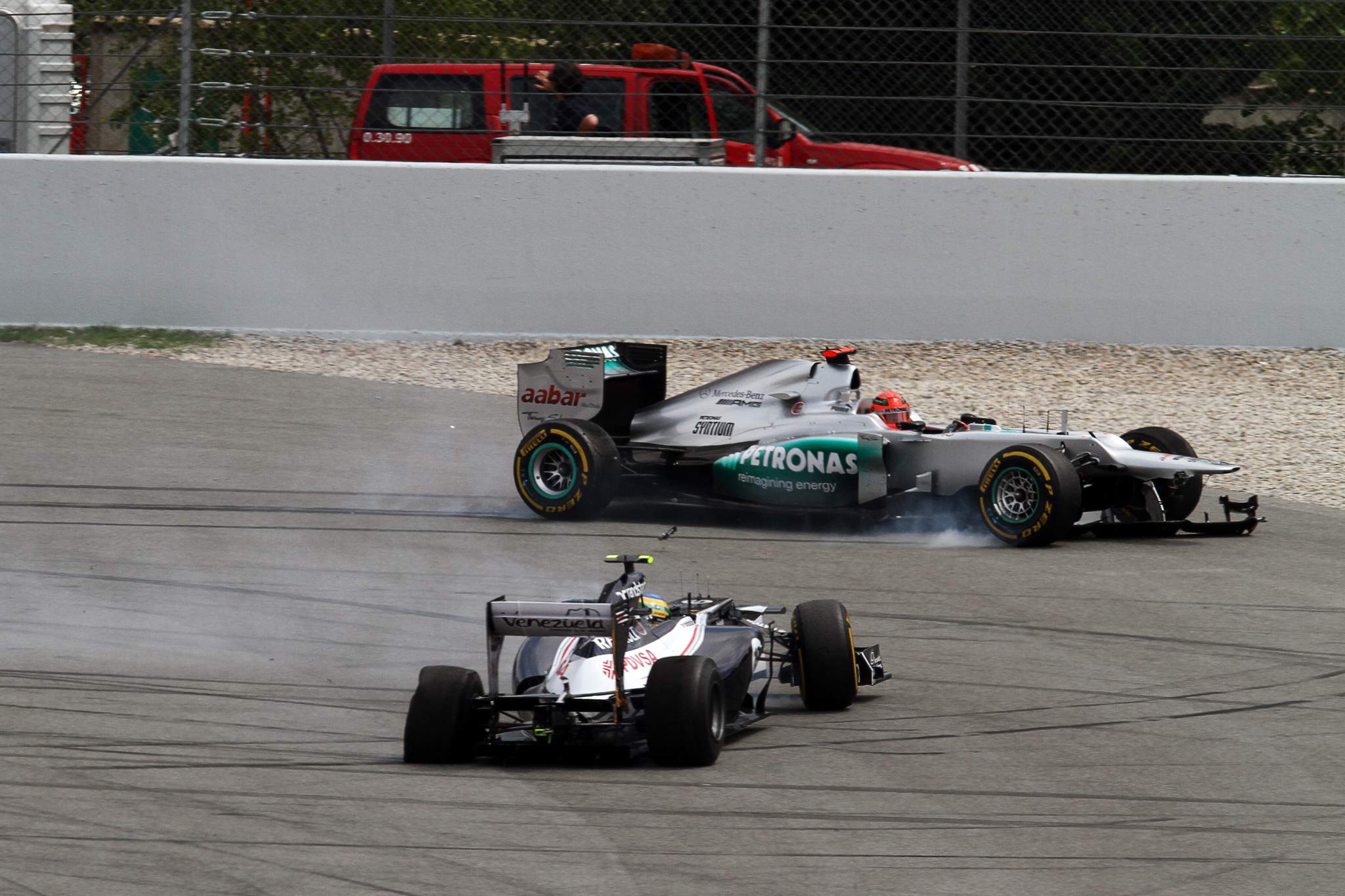How long is a topline sporting career? You might as well ask the question ‘how long is a piece of string?’ as the answer varies dramatically based on the individual.
But in Lewis Hamilton’s case, the answer appears to be at least 17 years thanks to his new contract that should keep him on the Formula 1 grid to the end of 2023.
Hamilton has won at least one race in every single one of the 15 F1 seasons he has participated in, a unique achievement. In doing so, he has also racked up numbers that once seemed impossible. It’s a phenomenal set of numbers, the rare, sustained brilliance of the truly exceptional in sport.
Most never reach that level even briefly, but of those that do many shine brightly and intensely. Hamilton’s career has been a long, controlled burn where he has performed at a level (albeit with a couple of hiccups) that most can only dream of for one season let alone 15.
Yes, he’s had the machinery to be successful, but given the competition for top seats and the fact that the whole idea of a grand prix career is to get into the best team possible, it’s churlish to turn that into a criticism. Sporting success does not get handed to you on a plate and Hamilton has earned his opportunity.
Hamilton clearly believes he has the energy left to continue to push hard and the fact he’s been willing to sign up for two more years confirms that. Despite the odd mistake this year, he’s still performing as well as ever. So how much more is there in the tank?
Hamilton is already the ninth-oldest of the 33 drivers to have won a world championship and will displace Damon Hill as the eighth-most-senior should he prevail this year.
But with last year’s crown clinched at the age of 35 years, 10 months and 18 days, Hamilton is still well short of the oldest world champion, Juan Manuel Fangio, who was a month past his 46th birthday when he took his fifth and final crown in 1957.
Fangio famously won the majority of his titles in his 40s and Hamilton would have to race on into 2025 to hit that landmark. But the Fangio comparison is irrelevant given how much the racing world has changed. Wrangling a Maserati 250F around the Nurburgring in 1950s F1 is profoundly different to a Mercedes W12 at Silverstone in the 2020s physically, even if the fundamentals are the same.

Hamilton doesn’t have to shoulder the same level of risk as Fangio did, even though F1 can never be entirely safe. But he does have to ask himself the same questions of whether he wants to, and can, dig deep enough to keep excelling.
What is undeniable is that time and tide waits for no man, meaning decline is unavoidable. Hamilton has shown no signs of that being a problem yet and he can stay in the sweet spot where even if there is any slight loss physically, it can be compensated for by experience.
But it’s another factor when it comes to motivation as generally, for a driver of his age, it will take that little bit of extra training work to maintain fitness levels than it once did.
There’s a tendency to reduce sportspeople to two-dimensional figures, but it’s clear in Hamilton’s case that it’s not a simple question of whether he wants to race or not.
Unlike some, the three-dimensional nature of Hamilton has been made very clear publicly in recent times and Mercedes offers him not only a vehicle to win world championships in, but also one to pursue his wider objectives.
As he said after his new deal was announced, an important factor was to remain in “a sport that is uniting behind positive change”.
He has spoken about his ambitions for having an impact beyond that of a legendary racing driver and he has laudably used his platform to raise awareness of causes he believes in. The new deal and continuing to succeed on track maintains and enhances that platform.

It’s legitimate to ask if that’s the wrong reason to keep going. Would perhaps a pure and simple love of the sport – cited as the reason for tennis legend Roger Federer still competing three-and-a-half years after his last grand slam tournament win – be a better justification?
Perhaps it would, perhaps not. But that love can be served simply by participating and doesn’t automatically come with the determination needed to win.
We have no reason to doubt Hamilton’s desire to race and win, and most likely having other dimensions to his desire to continue will make him more likely to continue to succeed.
Often people ask if it’s a distraction. It could be, but there’s ample time to pursue other things in his spare time and there’s no evidence of a problem there.
Mercedes has made plenty of concessions to how he wants to do things, to everyone’s benefit, and Hamilton himself appears perfectly capable of compartmentalising aspects of his life.
Hamilton has already gone on in F1 far longer than many of his fellow greats. Alain Prost appeared in 13 F1 seasons over 14 years, while next year Hamilton will equal Jack Brabham’s 16-season tenure.
Granted, he’s still a little short of Michael Schumacher and Kimi Raikkonen’s 19 seasons, but he’s close. And it’s impossible to argue either of those examples were at their peak level in year 19.

Motivation is the key. It’s easy to shrug and assume that desire can’t be a problem. After all, who wouldn’t want to drive for one of the best teams in F1, be paid millions for the privilege and add more chapters to a record-breaking career?
But human beings don’t work like that. He has the means, motive and opportunity to do other things with his life and while so many must work through necessity, his driving force must be different. He has to need to keep doing this.
This is relevant because Hamilton can only repeat his on track success. He’s already ascended ‘Mount Everest’ seven times, so at what point do additional successful climbs lose meaning?
While he can win different battles in different ways, it’s still the same P1 he strives for. And at the sharp end in F1, cruising and collecting is not an option and to keep climbing that mountain, he has to leave no stone unturned.
That’s where the wider perspective is important. Hamilton aspires to be more than ‘just’ a great racing driver and has already had a wider impact as a force for change in terms of improving what he calls “equality and diversity in our sport”. These are objectives that should be praised, ones that benefit all of us – even those who rail against them, much as they might not realise it.
If that can motivate Hamilton to strive for continued on-track success, then far from being a distraction, it will be a driving force for remarkable longevity.





